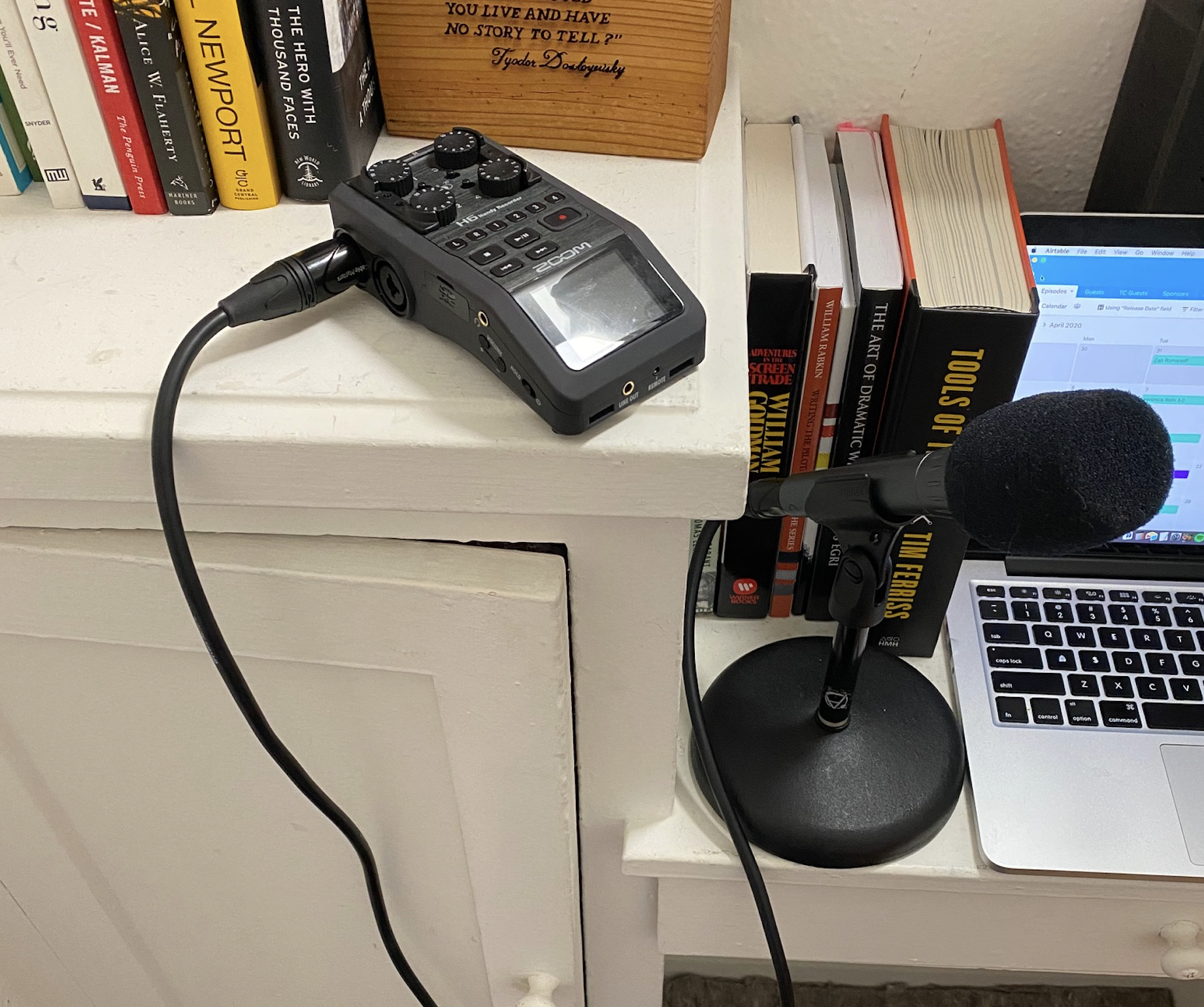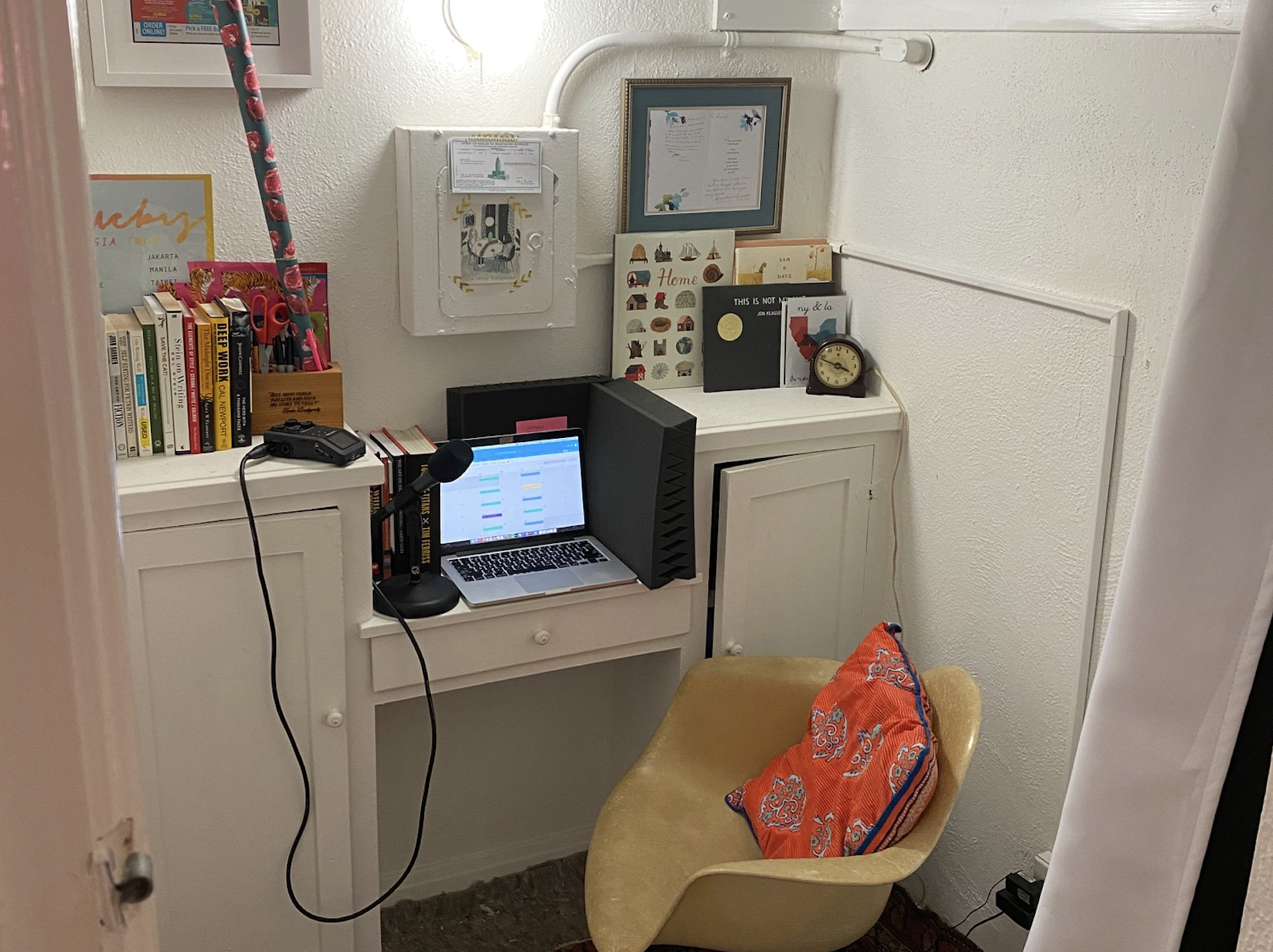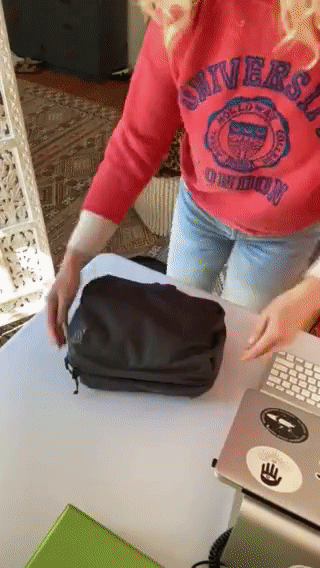The startup world is going through yet another evolution. A few years ago, VCs were focused on growth over profitability. Now, making money is just as important, if not more, than sheer growth. And we’re in the midst of a global pandemic, which has brought the economy to a crawl and forced entrepreneurs to rethink both their short and long-term priorities.
Startups want to hear from the voices they trust for guidance on how to navigate this difficult situation. That’s why we’re excited to introduce Extra Crunch Live, a virtual speaker series complete with live Q&A exclusive for Extra Crunch members. Sign up for Extra Crunch to get access to this webinar series.
If you are already an Extra Crunch subscriber, click here to grab the details to add to your calendar.
Upcoming Extra Crunch Live Events
Extra Crunch Live with Aileen Lee & Ted Wang of Cowboy Ventures
Monday, April 20 at 10:30am PT / 1:30pm ET
We’ll be chatting with Aileen Lee (former KPCB partner, founder and managing director at Cowboy.vc and coiner of the term “Unicorn”) and Ted Wang (Cowboy.vc partner, former partner at Fenwick & West, and former outside counsel to Facebook, Twitter, Dropbox, Square, and more) about how they’re advising their portfolio companies, if there are new and innovative ways for early-stage startups to secure capital beyond the traditional VC route, and whether startups should hunker down or lean in during these uncertain times.
Sign up for ExtraCrunch to get access
Extra Crunch Live with Fraeda & Mitch Kapor of Kapor Capital
Tuesday, April 28 at 10:00am PT / 1:00pm ET
There was a time when some said the COVID-19 pandemic was a great equalizer, but data is beginning to show its disproportionate impact on black people in America. Combine that with the ongoing racial inequities in the tech industry and the wave of layoffs hitting startups, it’s more important now than ever to ensure tech companies approach this new normal through an equitable lens. Hear from Kapor Capital Partners Freada Kapor Klein and Mitch Kapor, in conversation with TechCrunch’s Megan Rose Dickey, about how to make tough but equitable decisions.
Sign up for ExtraCrunch to get access
Extra Crunch Live with entrepreneur and venture capitalist, Mark Cuban
Thursday, April 30 at 8:00am PT / 11:00am ET
Join Mark Cuban and TechCrunch to talk about startups in the age of COVID-19 and learn how Mark is advising his investments to weather the storm. As a longtime investor in and out of the Valley, Cuban is uniquely placed to provide valuable advice for founders and investors alike.
Sign up for ExtraCrunch to get access
Extra Crunch Live with Roelof Botha of Sequoia Capital
Wednesday, May 6 at 11:00am PT / 2:00pm ET
Roelof Botha is managing director at one of Silicon Valley’s most prestigious VC firms, Sequoia Capital. He has invested in companies like Instagram, Square, Tumblr, Evernote, Unity, Eventbrite, Youtube, and many more. Hear from this seasoned VC on how he’s advising his portfolio companies during the coronavirus pandemic, the opportunities he sees for entrepreneurs in the coming years, and what trends are piquing his interest right now.
Sign up for ExtraCrunch to get access
Extra Crunch Live with Hunter Walk of Homebrew
Thursday, May 7 at 10:00am PT / 1:00pm ET
Hunter Walk, founder and partner at Homebrew, has experience across a number of sectors. He was a founding member of the product and marketing team at Linden Lab, the company behind Second Life. He also spent a year at Late Night with Conan O’Brien. Now, he’s an investor, with portfolio companies including Wealthfront, Shyp, Nautilus Labs, and Arthur AI. Hear from Walk on what comes next in tech.
Sign up for ExtraCrunch to get access
Extra Crunch Live with Kirsten Green of Forerunner Ventures
Tuesday, May 12 at 11:00am PT / 2:00pm ET
Kirsten Green is one of the most respected VCs in the country, with investments in Bonobos, BirchBox, Dollar Shave Club, Glossier, Outdoor Voices, Rockets of Awesome, Hims, and Modern Fertility. There is, perhaps, no more sought after D2C investor in the world. Hear from Green on how D2C is changing amidst the coronavirus pandemic and what opportunities lie ahead for consumer brands.
Sign up for ExtraCrunch to get access






